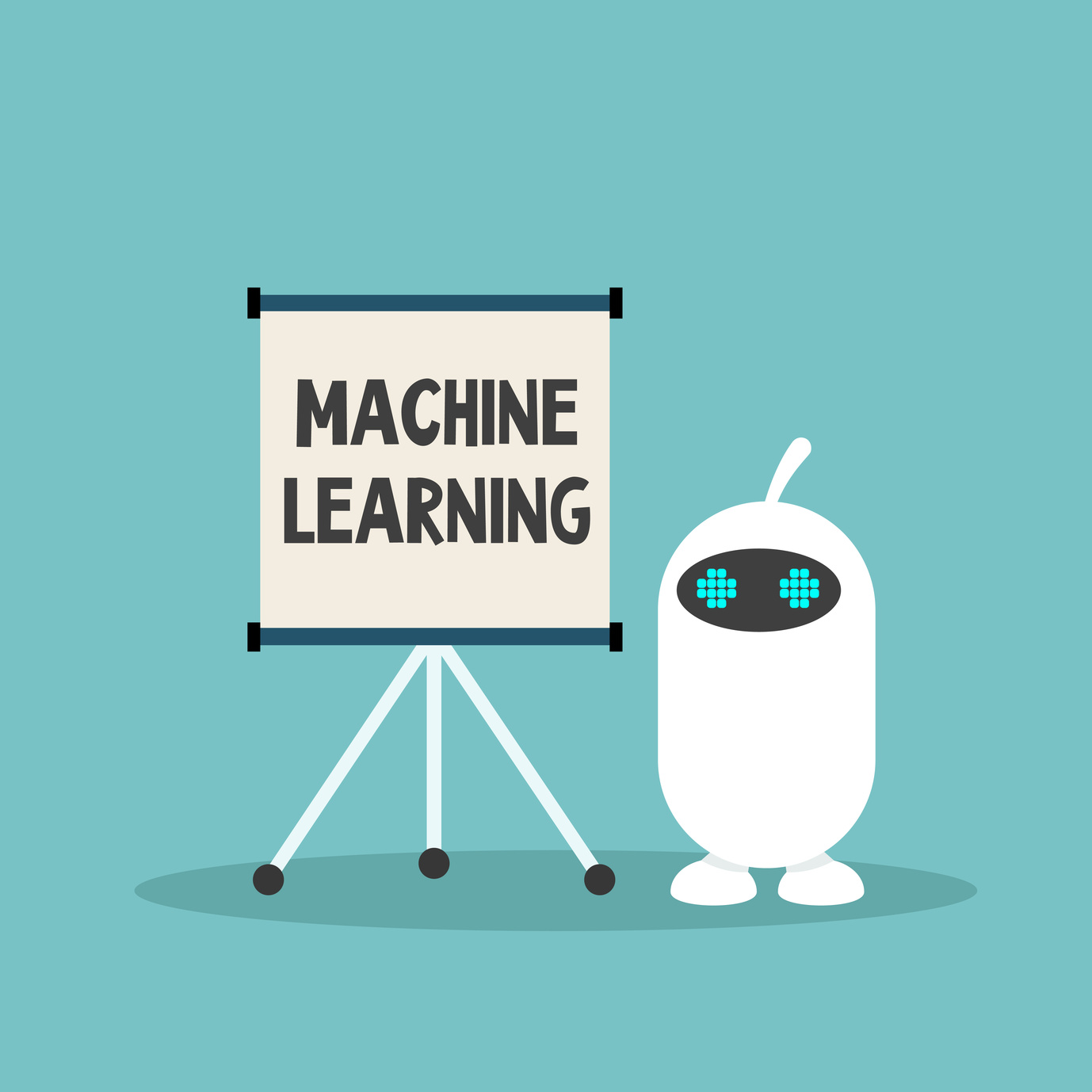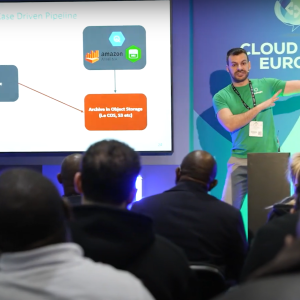
But AI is now an integral part of many of the technology services which we all use on a daily basis.
And this is possible only because of changes to enterprise technology architecture in the last few years.
Big businesses have for the most part done the work of linking up isolated siloes of data. They’ve created integrated data and storage facilities and built platforms which allow technology like Hadoop to access fluid pools of enterprise data.
The creation of these infrastructures is allowing different kinds of software to emerge.
The results of this are already visible in social networking, online shopping, media and search.
We are already interacting with AI systems dozens of times a day. Not just while we’re online either – if you drove to work this morning even if your car is not self-driving yet you probably shared the road with a car which was at least partly AI driven.
The traffic lights and the buses are likewise already relying on AI to improve service.
Back at your computer autocomplete forms and search requests use some form of AI.
The recommended stories at the end of news pieces are created by, often not very good, AI software.
Likewise online retailers recommended products have moved beyond comparing purchases with other shoppers’ baskets to more targeted suggestions.
AI also plays a big part in the software used to scan and sort product reviews and removing fake, or ‘astroturf’, comments.
But some media companies are using artificial intelligence to actually write stories too. These systems do best with quite structured data sets like weather forecasts and company financial reports but they do a pretty good job of baseball games too.
The stories produced are generally well received by readers although research shows humans still have a slight edge on ‘readability’ compared to the computer generated copy.
https://www.hpematter.com/issue-no-8-winter-2016/how-ai-makes-mark-in-media
The hope is that this won’t just replace reporters but add to what they do by reducing time spent on some of the simple but time consuming tasks.
It also opens up the creation of written records – one start-up is using the technology to create match reports for school and kids’ sports teams based on game data.
Facebook is a relative latecomer to AI but is now racing ahead and attempting to include it in almost all new products.
After using such systems for facial recognition, and for checking log-ins from unexpected places AI is now playing a growing role at the company.
The most widespread use of AI tools has been to improve delivery of sponsored posts or adverts. It uses systems to pre-judge likely interest in adverts it shows to improve relevance and therefore click-through rates. It is even piloting technology to scan user posts to identify people at risk of suicide and suggesting organisations they can contact for help.
When company founder Mark Zuckerberg wrote an open letter to users on the issue of fake news last month he promised that AI would play a big role in making the community safer and content more trustworthy.
In fact the network already uses a serious amount of AI, one leading engineer said it could not function without it.
https://backchannel.com/inside-facebooks-ai-machine-7a869b922ea7?mbid=synd_digg#.5yfhcxwes
The network uses intelligent systems to trawl through content, images and video posted by users and highlights content it finds worrying. This system now accounts for over 30 per cent of total complaints received.
Zuckerberg stressed that these systems are still in the early stages and it still faces difficulties. Telling the difference between stories about terrorism and stories promoting terrorism is tricky for a human never mind a machine.
Zuckerberg noted that polarisation of opinion pre-dates social networking and has even had an impact on debates around AI itself.
This means there needs to be an understanding of where AI can and should start and where human decision making is still vital. For Facebook this means humans setting the standard for what content they consider to be objectionable, then letting AI enforce and monitor those rules.
Within the company this research is carried out by Facebook Artificial Intelligence Research. But crucially there is a separate group – Applied Machine Learning group devoted to getting this research into products and persuading engineers to think AI at the earliest stages of design.
Artificial intelligence is on the brink of becoming just another aspect of application development.
There are several cloud-based AI systems for all aspects of enterprise technology from stock control and pricing tools to systems which can gauge social reaction to events and marketing campaigns.
HPE’s cloud offering ‘HavenOnDemand’ offers over 60 applications and sets of APIs for developers to link enterprise systems to intelligent analysis.
Services range from advanced text analysis and file format conversion to systems to make predictions based on past data and recommendations for action.
The system uses a simple browser-based system which allows developers to link two or more of these API sets together to easily link applications to AI services.
There are also templates of common business use cases for data processing or analysis.
This means businesses can bolt together the different stages required.
For instance unbiased machine-based analysis of web surveys called Net Promoter.
The first stage would carry out any re-formatting which was required.
The second step would analyse text to judge sentiment, then index any unstructured text and finally create an actionable answer to each question posed.
These cloud-based AI systems can access data from almost any source within the enterprise. It is hard to think of any sort of enterprise application which won’t be using some form of machine-based intelligence within five years.
But AI is also leaving the data centre. As its demand for computing resources reduces so it is possible to run some AI apps directly on mobile phones and other devices. As implementation becomes ever simpler AI will play more of a role on embedded systems and IoT devices.
As the amount of data we create continues to double each year the role of machine learning and AI will continue to grow.
It is far from perfect, but it is getting better all the time, and it doesn’t suffer from data overload.
Unlike us humans the more data it gets the smarter it becomes.






